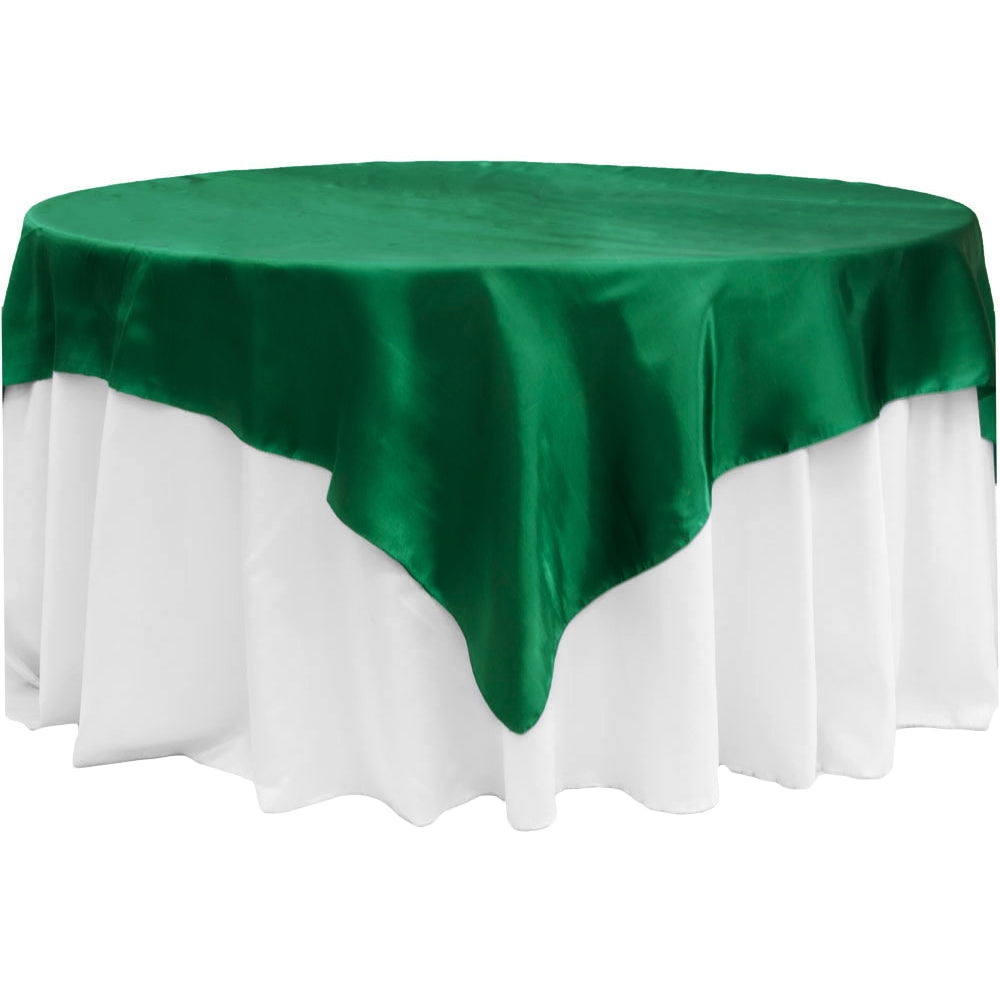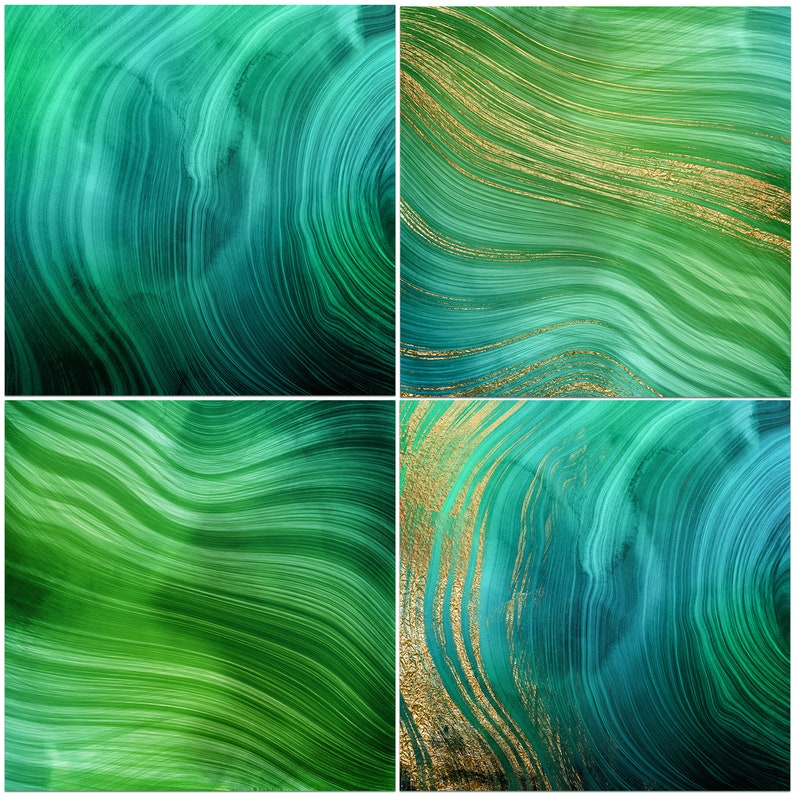
In landscaping, they can be used to create a tall privacy hedge in a relatively small amount of time. When planting, the distance between trees should be measured from the center of one tree to the center of the next.Įmerald Green Arborvitae make excellent privacy barriers because of their dense, lush growth that lasts year-round. In general, the recommendation is to plant Emerald Green Arborvitae about 3 to 4 feet apart to allow enough room for them to reach their natural width of around 3 feet. This gives them time to re-establish root systems during the winter months and begin growing actively again in the spring.

The best time to plant Emerald Green Arborvitae in the fall, when temperatures are cooler. They can take a while to fill out spaces left between them during planting. This slow growth rate is the reason many homeowners choose to use different methods of planting and spacing these shrubs in their landscape. says that in one year, you can expect the Emerald Green Arborvitae to grow about 12 inches, or 1 foot, in height. These shrubs have a relatively slow growth rate. They are suited for this use because of their height, width, lush green year-round color, and density. A single shrub may be used as a privacy tree to block or cover an unattractive area or eyesore, such as an HVAC unit. Using Emerald Green Arborvitae in LandscapingĪrborvitae are typically planted in clusters or rows as a privacy screen or hedge in landscaping. These shrubs prefer soil with a pH that is neutral to alkaline. However, light and loamy soil allows the roots to spread and take up plenty of water and nutrients. Heavy, clay soils are not detrimental to these shrubs. Loamy, well-draining soil is the best for Emerald Green Arborvitae. This cultivar is sometimes used to create spiral topiaries because of its conical shape and dense foliage. They will put off new growth in the areas that have been trimmed back or pruned, so it’s best to prune them during warmer months. These shrubs stand up very well to pruning and shearing. If planting these shrubs into your landscape, be sure there is sufficient sunlight throughout the day.
#EMERALD GREEN FULL#
They will not do as well in conditions offering less light, and in full shade conditions, they are not likely to survive.

Light RequirementsĮmerald Greens prefer full sun to partial shade. It does well in warm, cold, and wet areas with a lot of rainfall. This shrub can survive and thrive in a wide range of climates and areas. It is native to Chicago, where it is exposed regularly to frigid temperatures, road salt, and heat in summer. Plants of the Chicago Region, a native plant reference book, discusses the Emerald Green Arborvitae in depth. This encompasses most of the contiguous United States, except for the deep south. The Emerald Green cultivar can grow well in zones 2 through 7. It is much larger, however, reaching heights of around 30 to 40 feet and widths of about 10 to 12 feet at its mature size. ‘Arborvitae’ translates to the “tree of life.”Ī related cultivar, the Green Giant Arborvitae, is similar and just as popular. The cultivar name, ‘Smaragd,’ is the Danish word for emerald.

The Emerald Green Arborvitae is a small, evergreen shrub that grows relatively slowly. If you’re considering planting these tree-like shrubs into your landscape, make sure you know the needs of this unique evergreen shrub. In this article, we’ll cover valuable information about Emerald Green Arborvitae, including:

Moderately priced, attractive, and reaching 10 to 15 feet tall, they add a lush pop of emerald green foliage to any landscape.ĭisclaimer: REthority is supported by ads and participation in affiliate programs. When it comes to creating a tidy, manicured landscape with year-round color, Emerald Green Arborvitae is one of the most popular options.


 0 kommentar(er)
0 kommentar(er)
